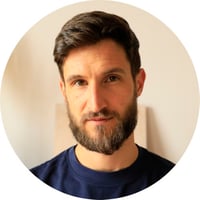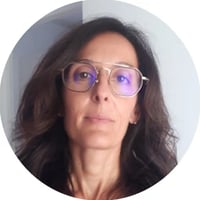- Learnlife
- Services for Educators
- Training for Schools
Training for Brave Schools
Do you struggle to find teacher training that has a positive long-lasting impact, meets your needs, and helps you reach your goals?
Learnlife puts an end to this struggle.
We provide transformative group training for teachers that helps your school thrive in an evolving world, ignite a passion for teaching and improve learner outcomes.
Whether you want to grow learning autonomy, implement passion-based learning, or design meaningful learning experiences, we accompany you in implementing training that impacts your entire school and delivers real results.
Download your brochure to discover how we can help you realise your school's vision, improve learner outcomes and empower you teachers.
Who we work with
Since launching in 2021, we've worked with school leaders to train 350 teachers in 40 schools worldwide. We work with public, private, international and large school groups.
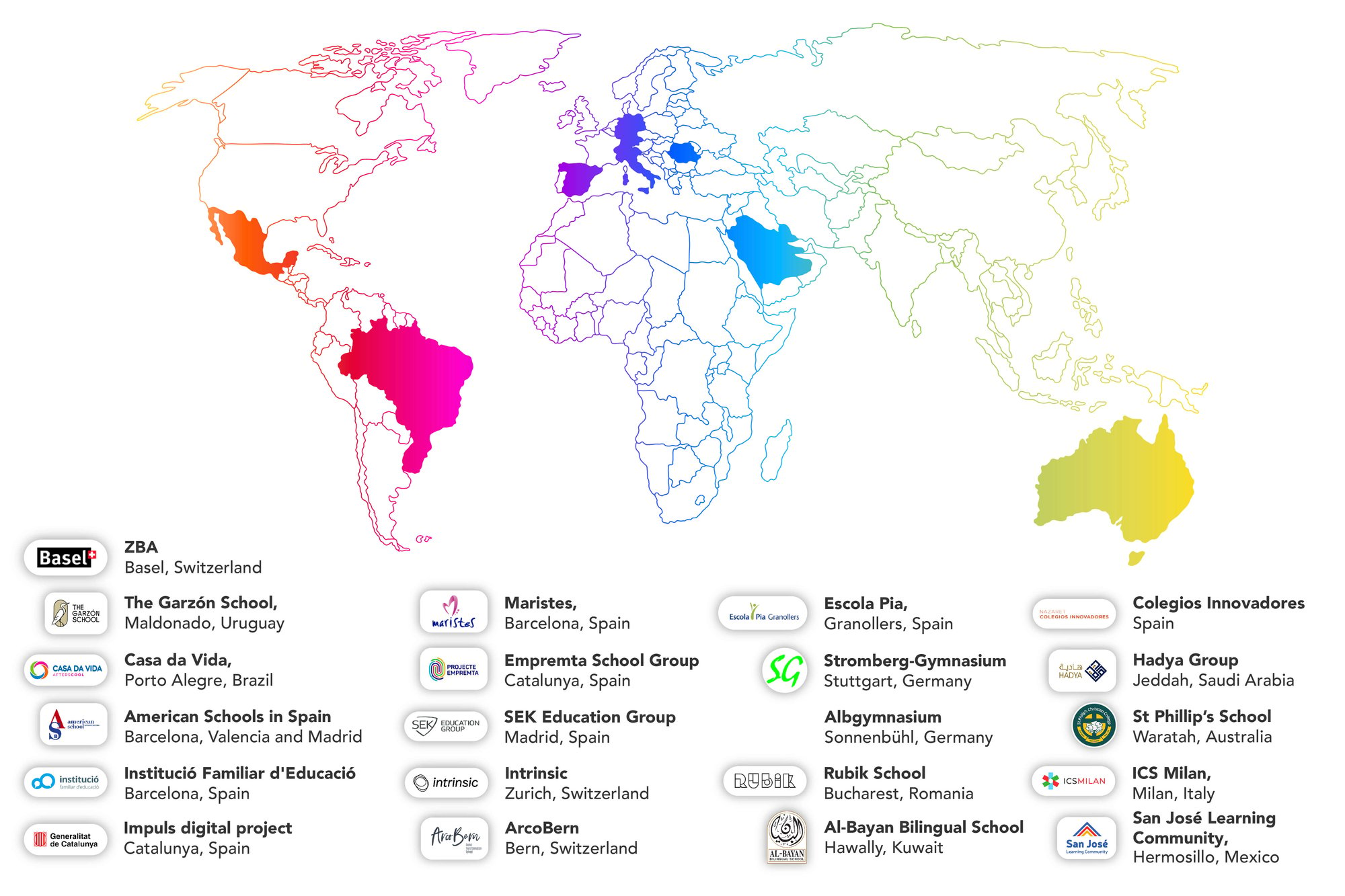
Why schools choose Learnlife to help them grow
1. Measurable long-lasting impact
Our training has measurable long-lasting impact on your school, not just your teachers. We continuously get feedback to make sure that the training is producing real results.
2. Proven approach
Our approach is based on the most effective learning methodologies. We’ve tried and tested our approach in our Learn Hubs and schools worldwide, and use these proven strategies to help your school grow.
3. Expert team
Our team has half a decade of experience in education innovation and has delivered training in over 100 schools.
4. Thrive in a changing world
Our training helps your school thrive in a world that’s always changing. We equip your teachers and learners with the essential skills they need now and in the future.
5. Customisable training
Before the training begins, we meet with you to make sure the training meets your school’s goals and is relevant to your team’s needs. We customise the training to fit your school and curriculum.
What training you can do
Our three most popular training topics are:
- Stages of Learner Autonomy
- Passion-based Learning
- Learning Experience and Programme Design
These research-based methodologies are tried and tested every day in our Learn Hubs in Barcelona. They have been proven to empower teachers and help learners gain the most sought-after skills needed in today’s world.
If these topics don’t meet your needs, please get in touch with us to discuss alternative and custom training options for your school.
How our training works
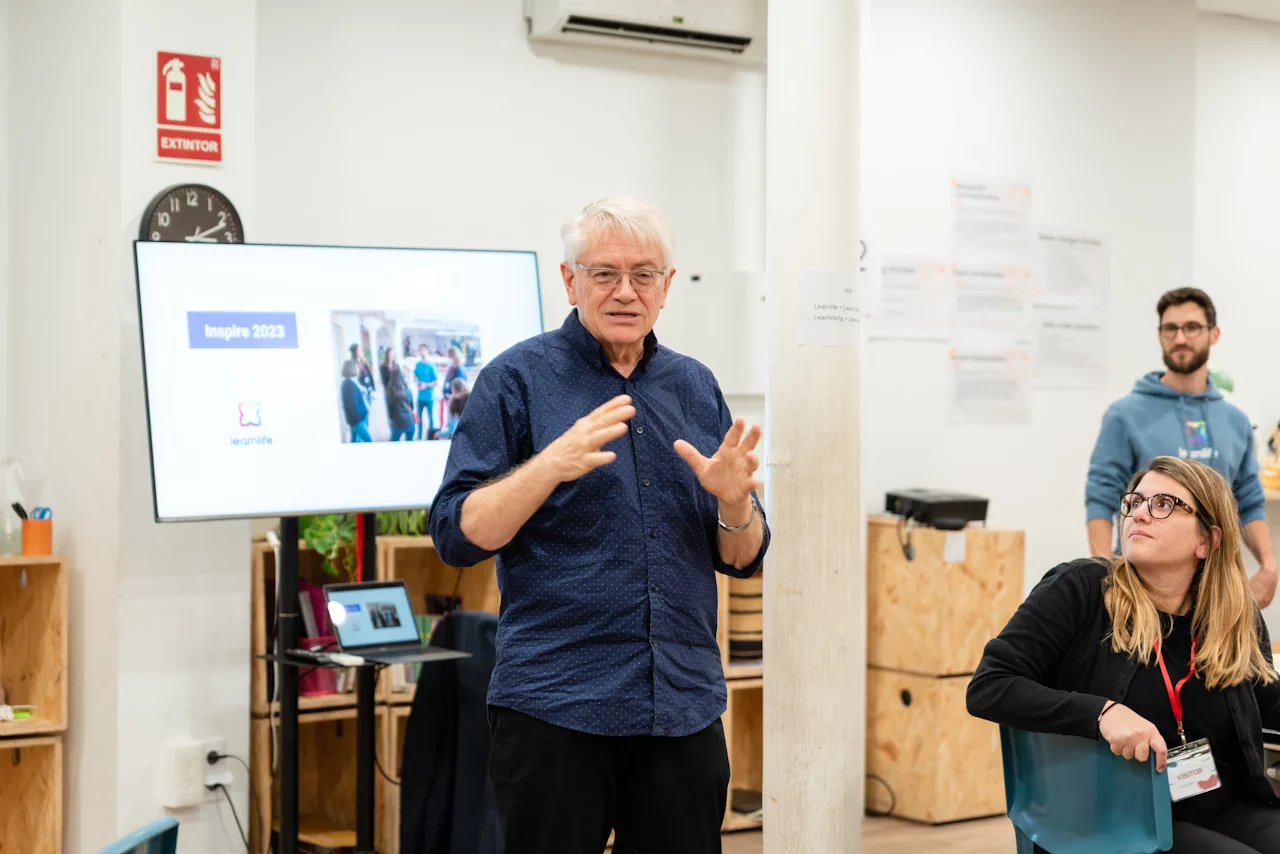
Our first step is to meet with you to understand your goals and areas for growth.
We then work with you to develop a vision and plan for implementing the training at your school. Once that’s decided, we customise the training to your needs and team size. Options include:
- Training format: In-person or online.
- Training length: Length of training and frequency of sessions.
- Training language: English, Spanish, Catalan and German.
Case studies
Led by training and learning innovation experts
Your training team is made up of education and learning innovation experts with experience delivering training to over 100 schools worldwide.
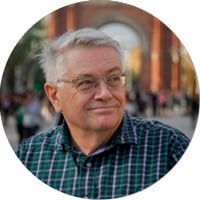
Stephen Harris
Learnlife Co-Founder & Chief Learning Officer
Stephen has 40 years experience in education. He worked as a principal for 20 years, served as a school inspector and co-founded Learnlife. Stephen specialises in developing professional training programmess and helping organisations understand their vision and capacity for change.
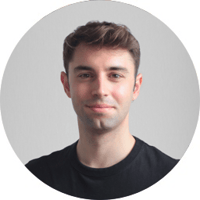
Joan Urgell Farran
Trainer & Consultant
Joan was a founding member of the Learning Guides. He developed Learnlife’s Studio Model and has worked with schools for a decade to design and implement learning programmes.
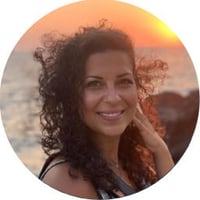
Maria Galanopoulos
Trainer & Consultant
Maria is one of the founding Learning Guides at Learnlife. She has helped design programmes and learning experiences for all ages and trained educators at international schools in Europe, Brazil and the Middle East.
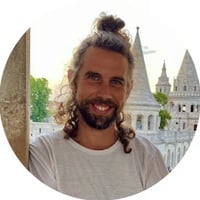
Oriol Codina Carulla
Trainer & Consultant
Oriol is a dedicated creator withover eight years of experience managing educational programmes Spain and USA. He believes in the power of maker education to create opportunities and is committed to promoting access to quality education for all.
Our biggest challenge was the shift towards the growth mindset. It takes courage for teachers to give up control and allow student agency. The way Georgi led us through the workshop and communicated to all participants, he became an inspiring role model. He made us aware of how it feels to work on equal footing.
Katja Kranich Principal at Stromberg Gymnasium
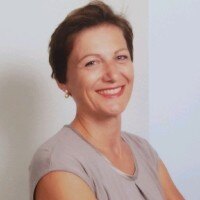
Download your brochure and get in touch
Fill out the form below and we'll send your brochure to your email.



